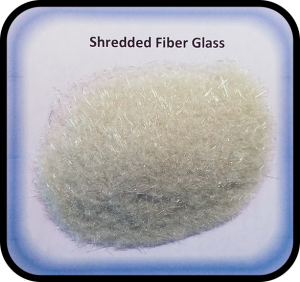Glass based powders are fully amorphous and completely free of crystalline silica. The glass feedstocks we use are of pristine purity and are processed into high brightness controlled particle size distributions. The glass chemistry is in all cases quite inert, but will vary in chemical composition, although the majority ingredient is always an amorphous silicate. Table 1 compares various glass compositions to silica. Compared to silica powders, the glass is slightly softer with a Mohs hardness of 5.5 compared to silica 7.0. Glass powder pH tends to be higher than silica, (which is 6-7) ranging from 9 to 10.5. The brightness of glass powders can be as white as any silica grade. The particle size distribution is tailored to be equivalent to silica powder offsets, depending on grade. The specific gravity of glass powders (2.55) is a bit lighter than silica (2.65). The oil absorptions for glass, for equivalent particle sizes, are about the same as silica. The refractive index for glass is about 1.51 compared to silica 1.46.
The switch away from the onerous employee monitoring required for crystalline silica containing powders to the very clean Safety Data Sheet (SDS) for glass therefore is not that complicated. In general, you can get the particle size, brightness, and oil absorption you are used to. The glass, being 4% lighter, will replace more resin than an equal weight of silica. The glass is slightly softer than silica, resulting is less wear on equipment. The glass has a higher pH, which will be a factor in some applications. And glass powders are usually less expensive than silica powders.




